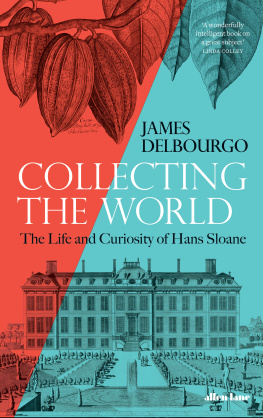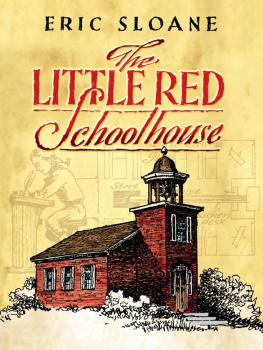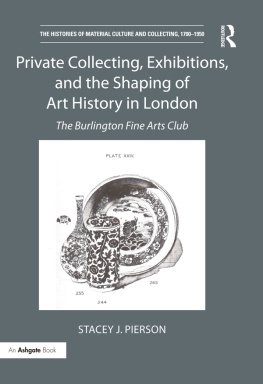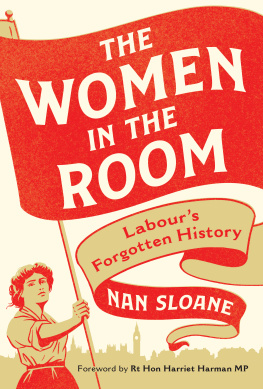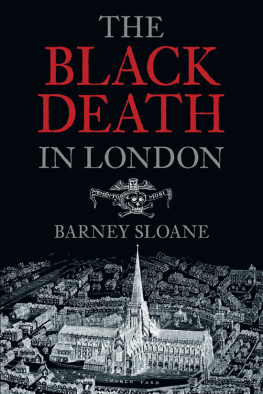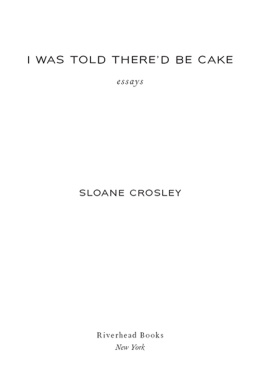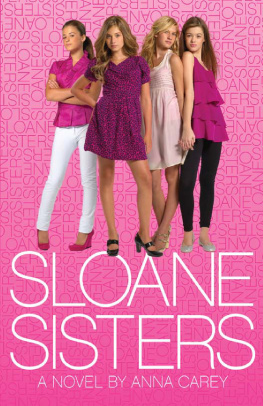James Delbourgo
COLLECTING THE WORLD
The Life and Curiosity of Hans Sloane
ALLEN LANE
UK | USA | Canada | Ireland | Australia
India | New Zealand | South Africa
Allen Lane is part of the Penguin Random House group of companies whose addresses can be found at global.penguinrandomhouse.com
First published 2017
Copyright James Delbourgo, 2017
The moral right of the author has been asserted
Cover: Cocoa plant brought back from Jamaica in 1689 by Hans Sloane
Illustration by Everhardus Kickius The Trustees of the Natural History Museum, London; Faade of Montagu House, looking across the forecourt, later the British Museum; c.1715, engraving by James Simon The Trustees of the British Museum
Cover design: Richard Green
ISBN: 978-0-718-19444-4
To
Rosella Maria Properzi
and
Laura Leonora Kopp
That a treasure like to this never was amassd together, is beyond a doubt: all that is calld great in its kind in the whole world becomes contemptible in the comparison; nor can we imagine that such an one ever can be compild again, unless such another almost miraculous combination of causes should appear to give it origin.
Zachary Pearce, Eulogy to Hans Sloane, 1753
Perhaps the most deeply hidden motive of the person who collects can be described this way: he takes up the struggle against dispersion.
Walter Benjamin, The Arcades Project (1927-40)
List of Illustrations
FIGURES
PLATES
. Sir Hans Sloane by Stephen Slaughter (1736). NPG 569: National Portrait Gallery, London.
. Shipping Sugar by William Clark (1824). Courtesy of the John Carter Brown Library, Brown University.
. African market in Antigua by William Beastall (1806). Courtesy of National Maritime Museum, London.
. Jamaican specimens and drawing: Sloane Herbarium (3:62, 2:2 and 3:106). Photography by James Delbourgo, Trustees of the Natural History Museum, London.
. Jamaican clammy cherry tree: Sloane Herbarium (7:7). Photography by James Delbourgo, Trustees of the Natural History Museum, London.
. Lonchitis altissima: Sloane Herbarium (1:51). Photography by James Delbourgo, Trustees of the Natural History Museum, London.
. Glazed earthenware cups. Trustees of the British Museum.
. Pharmacopoeia drawer. Trustees of the Natural History Museum, London.
. Instruments from a Chinese surgical cabinet. Trustees of the British Museum.
. Cappasheirs knife and sheath. Trustees of the British Museum.
. Surinam shaddock fruit with moths, caterpillar and chrysalis by Maria Sibylla Merian. Sloane MS 5275.29: Trustees of the British Museum.
. Jewelled turban button from Mughal India. Trustees of the Natural History Museum, London.
. Procession to the court at Edo, from Engelbert Kaempfer, Japan Today (1727). Sloane MS 3060, fol. 501: British Library Board.
. Portable Buddhist shrines. Trustees of the British Museum.
. Inuit sun visor. Trustees of the British Museum.
. Akan drum. Trustees of the British Museum.
. Amerindian map. Sloane MS 4723: British Library Board.
. Audience Given by the Trustees of Georgia to a Delegation of Creek Indians (17345) by William Verelst. Courtesy Winterthur Museum.
. American asbestos purse. Trustees of the Natural History Museum, London.
. Pipe bowl or calumet. Trustees of the British Museum.
. John Bartrams silver cup. Courtesy of Kislak Center for Special Collections, Rare Books and Manuscripts, University of Pennsylvania.
. William Dampier by Thomas Murray (16978). NPG 538: National Portrait Gallery, London.
. Ayuba Suleiman Diallo (Job ben Solomon) by William Hoare (1733). NPG L245: OM.762, Orientalist Museum, Doha.
. Persian amulets with Qurnic inscriptions. Trustees of the British Museum.
. Spoon head made from auk bone. Trustees of the British Museum.
. A Turk and an Indian: from Engelbert Kaempfer at Isfahan, Persia, in 16845. Sloane MS 5027.b: Trustees of the British Museum.
. The Gurney herbal. Sloane MS 4013: British Library Board.
. Sloanes Antiquities Catalogue. The Trustees of the British Museum.
. One of ninety drawers containing Sloanes Vegetable Substances collection. Photography by James Delbourgo, Trustees of the Natural History Museum, London.
. Pimiento specimen from Sloanes Vegetable Substances collection. Photography by James Delbourgo, Trustees of the Natural History Museum, London.
. Guinea butterfly in mica sleeve. Photography by James Delbourgo, Trustees of the Natural History Museum, London.
. Sloanes shoe collection. Trustees of the British Museum.
. Magical instruments belonging to the Elizabethan adept John Dee. Trustees of the British Museum.
. Flint hand-axe excavated from Grays Inn. Trustees of the British Museum.
. Carved nautilus shell with putti. Trustees of the Natural History Museum, London.
. The vegetable lamb of Tartary. Trustees of the Natural History Museum, London.
. Oak branch inside an ox vertebra. Photography by James Delbourgo, Trustees of the Natural History Museum, London.
. Smi drum. Trustees of the British Museum.
. Glass vases of imitation realgar. Trustees of the British Museum.
. British Museum seal, 1755. Trustees of the British Museum.
List of Maps
Note on Conventions
For the readers convenience, I have eliminated gratuitous capital letters and italics in quotations but have retained original spelling. All dates are Old Style but treat the year as starting on 1 January. Original place and language names are given with modern equivalents in parentheses.
Introduction:
The Original Sloane Ranger
London, 1748. One June day, Frederick, Prince of Wales and his wife the Princess Augusta make the journey from the city to the village of Chelsea, just west along the Thames, to see a most magnificent philosophical entertainment. Their destination: a former residence of King Henry VIII, Chelsea Manor. On arrival they are greeted by Cromwell Mortimer, secretary of the Royal Society Britains pre-eminent scientific institution. Mortimer professes the honour it gives him to kiss the royal couples hands as they alight from their coach. Laying aside all ceremony, the prince pledges that he and the princess shall be entirely under his guidance and directions. Mortimer leads them upstairs where the current resident of the Manor awaits. Their host is the most famed collector of the day and the royal party has come to see his museum of curiosities from around the globe. The prince sits a while with this good old gentleman and conveys the great esteem and value he [has] for him personally, and how much the learned world [is] obliged to him for amassing such marvels.
The tour commences with the spectacle of stones both alluringly beautiful and decidedly curious. The collectors assistants have arranged tables in three front rooms decked out with open drawers bristling with precious stones in their natural beds as well as bezoars or concretions in the stomach, stones formed in animals, which are so many diseases of the creature that bears them and stones from the kidneys and bladder[s] of people. Mortimer poetically explains that the more exquisite specimens come from the bosom of the earth, and he luxuriates in their chromatic variety: the verdant emerald, the purple amethist, the golden topaz, the azure saphire, the crimson garnet, the scarlet ruby, the brilliant diamond, the glowing opal, and all the painted varieties that Flora herself might wish to be deckd with. The royal couple are also shown the most magnificent vessels of cornelian, onyx, sardonyx and jasper. These [delight] the eye, Mortimer states, yet do not fail to prompt spiritual reflection as well by raising the mind to praise the great creator of all things.

